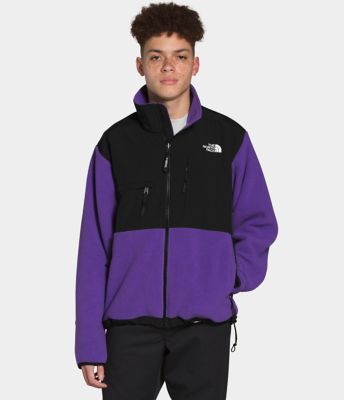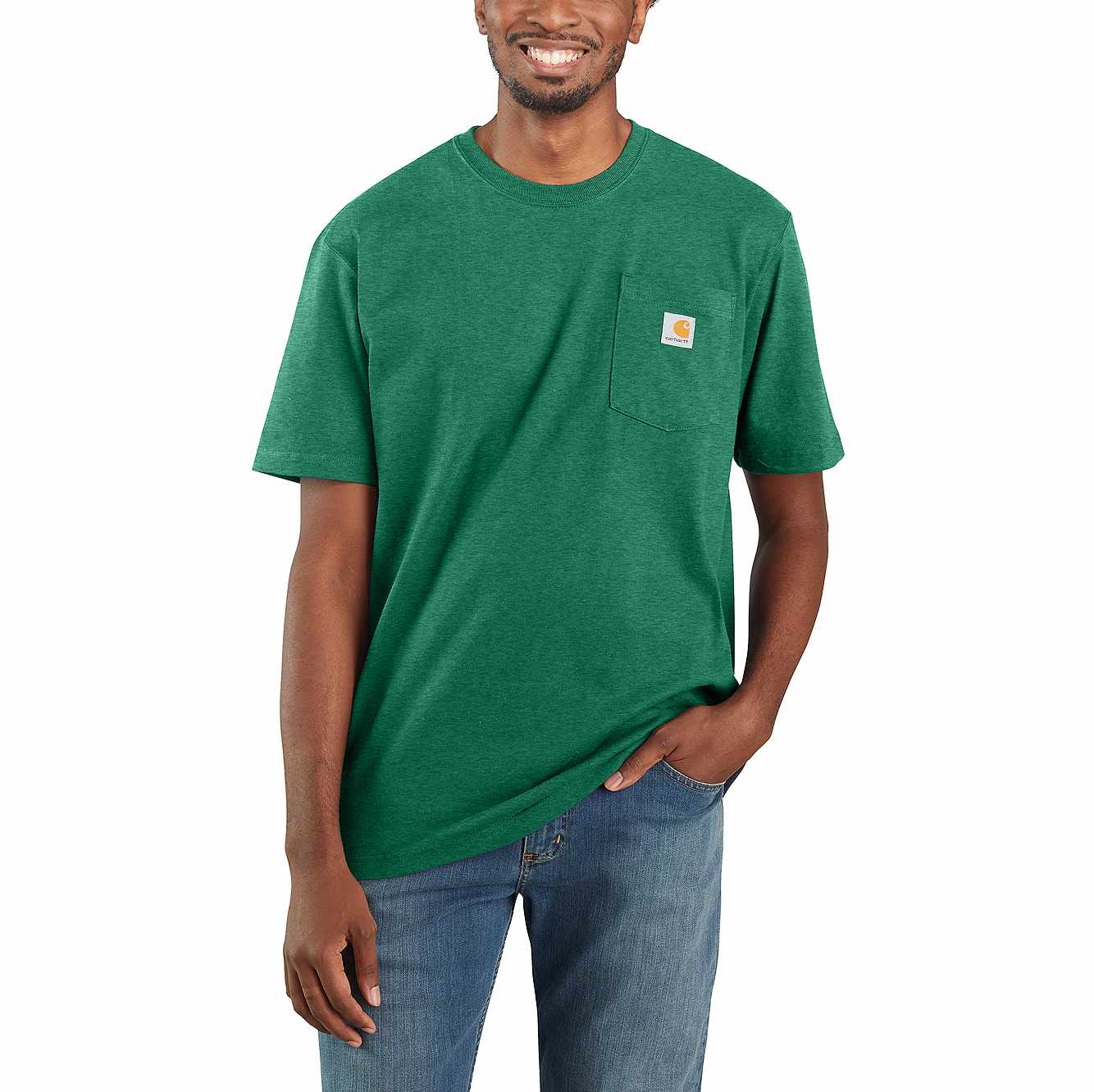Nike Miler Short Sleeve T-Shirt – JD Sports UK
Built from smooth poly fabric, this regular-fit tee uses Dri-FIT tech to wick away sweat.
Pick up the pace in this men’s Miler Short Sleeve T-Shirt from Nike. Built from smooth poly fabric, this regular-fit tee uses Dri-FIT tech to wick away sweat. It comes in an Indigo Force colourway and features a crew neckline, short sleeves and reflective details to keep you seen after dark. With a dropped hem for extra coverage. this running top is finished with the signature Swoosh logo to the chest. | Our model is 5’11” and wears a size medium.
Care & Material
100% Polyester
Colour:
BlueProduct Code: 1290299/134119





by Liam
Good buy
by Luke
use for football and running.
by Kerry
Exactly what we wanted.
by Robert
Nice colour.
by Faraz
Breathable good quality.